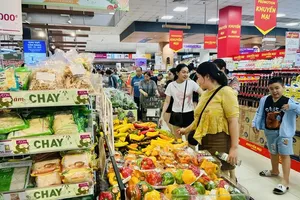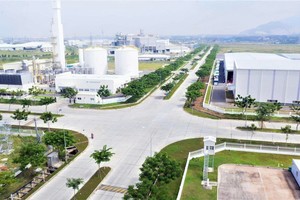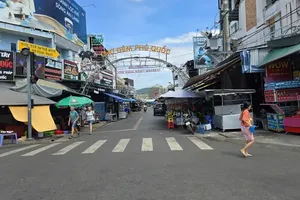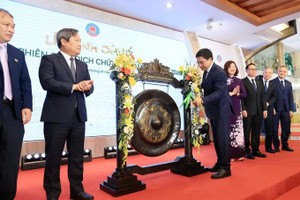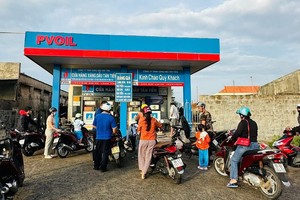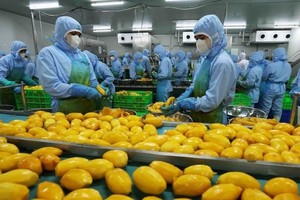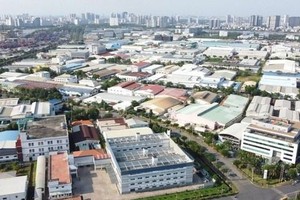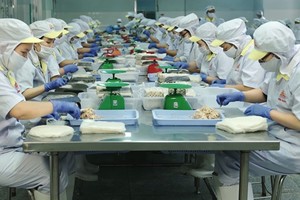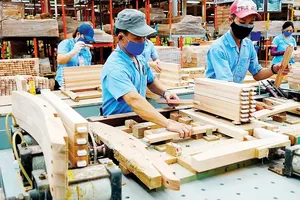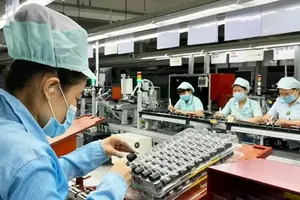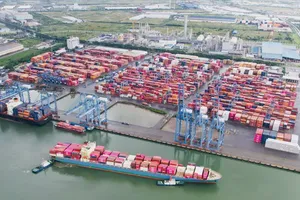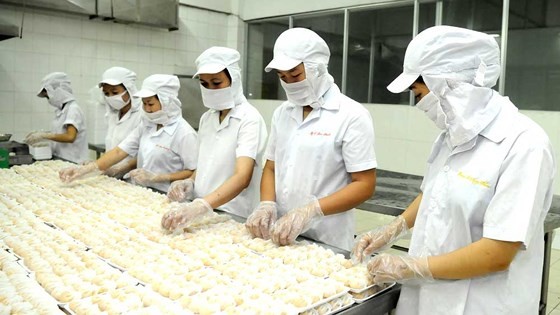
In recent years, export turnovers from Vietnam to India have always posted positive growth with impressive rate. According to VCCI-HCM, India is currently one of the ten biggest trade partners of Vietnam. Meanwhile, Vietnam is one of India’s top trade partners in the ASEAN.
In 2017, two-way trade between Vietnam and India rose by 41 percent from US$5.6 billion in 2016 to $7.6 billion. Last year, trade between the two countries nearly reached $13 billion.
India mainly imports farm produce from Vietnam, including cashew nuts, spices, green tea, black tea, peanuts and canned foods as well as other products such as natural rubber, handicrafts, building materials, sanitary equipment and ready-made clothes.
As for investment, India ranked 26th out of 130 countries and territories invested in Vietnam by December last year with 208 projects worth roughly $880 million. India’s projects are mainly in the fields of telecommunications, information technology, energy, mining, pharmaceuticals and electrical appliances.
In Ho Chi Minh City only, bilateral trade hit $1.5 billion last year, up 11 percent compared to 2017. The number of Indian visitors to the city was more than 103,000 people last year, an increase of 81 percent compared to 2017.
Meanwhile, Vietnam also invested in India with a project by FPT Corporation worth $150,000 into an Indian technology firm. Earlier, trade between Vietnam and India merely depended on three large industries, consisting of cattle feed, corn and pharmaceuticals, in which Vietnam mainly imported.
However, the current structure of import and export goods has changed dramatically, covering agricultural products, aquatic products, electronic devices, cell phones and components, machinery, pharmaceuticals, chemicals, textiles, fiber and automobiles. Bilateral trade between Vietnam and India has strongly improved in both terms of volume and value. Therefore, it is feasible for bilateral trade between the two countries to hit $15 billion by 2020.
Although there are difficulties in exporting goods to India such as long geographical distance, inconvenient transportation, disproportionately-developed infrastructure among regions and differences in culture, custom and language; India remains a potential market for Vietnamese businesses with strong purchasing power of a one-billion-population market as well as the country’s efforts in developing economy and improving business environment and investment policies.
Mr. K. Srikar, Indian Consul General to HCMC, said that India has many similarities and long-term traditional relationship with Vietnam. Indian firms have always trusted the quality of Vietnamese-made products as well as the credit of Vietnamese firms. India is also ready to support trade and tourism promote programs between the two countries, especially issuing of visa in order to encourage Vietnamese firms to go to India to survey the market and seek partners.
Especially, the Indian government has loosened foreign direct investment quota for foods and beverage sector and allowed up to 100 percent of FDI capital in e-commerce and foods manufacturing. However, besides improving the quality of products, Vietnamese firms should learn more about customs and laws of India so as to prevent risks while exporting goods to the market. Firms should take advantages of business forums and trade fairs to learn about their partners and market demand.
